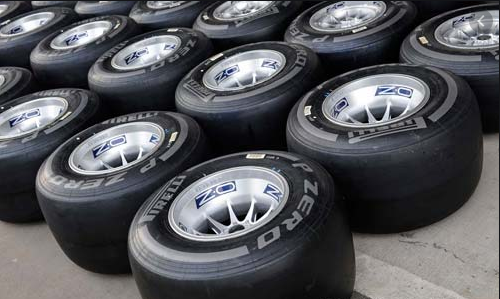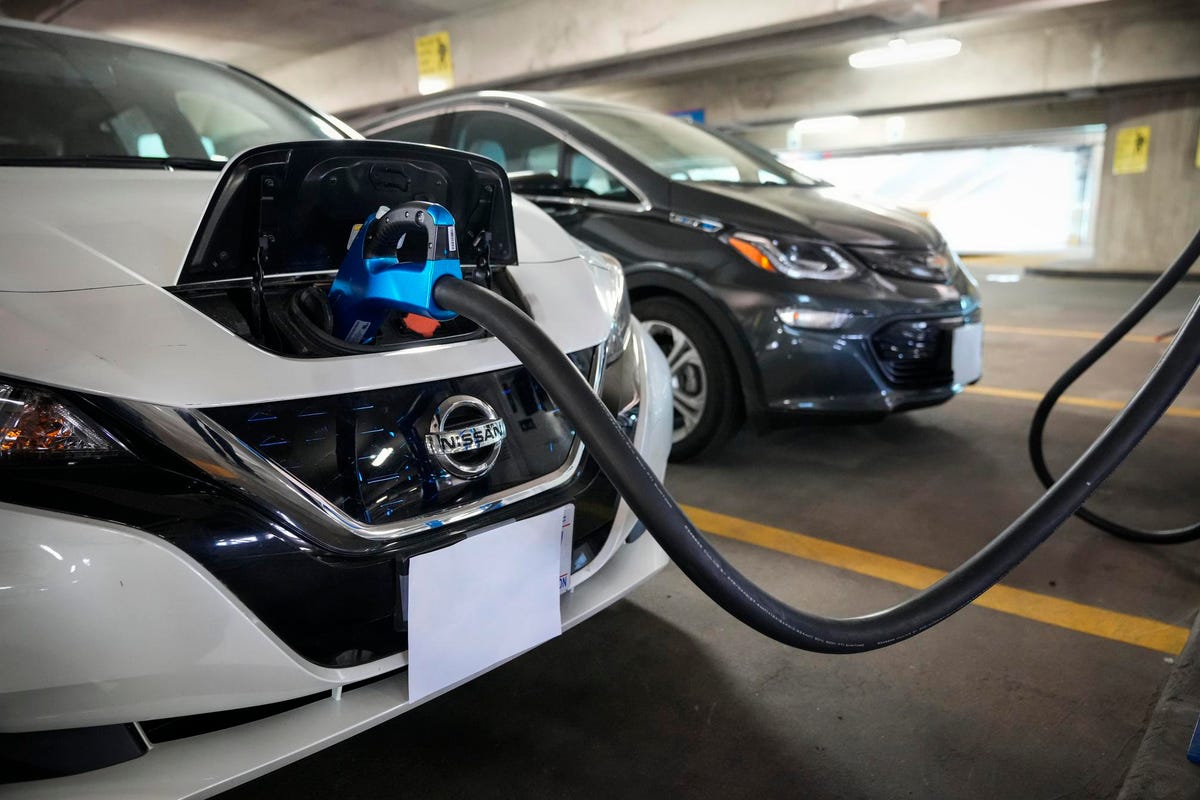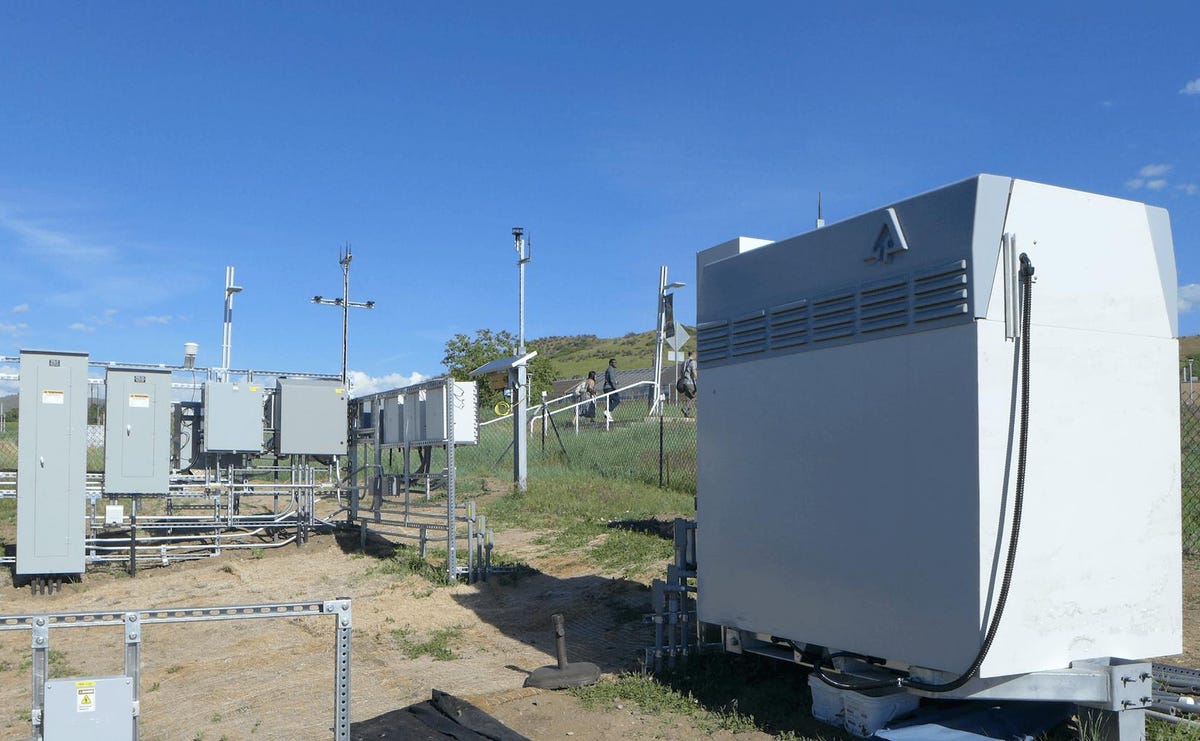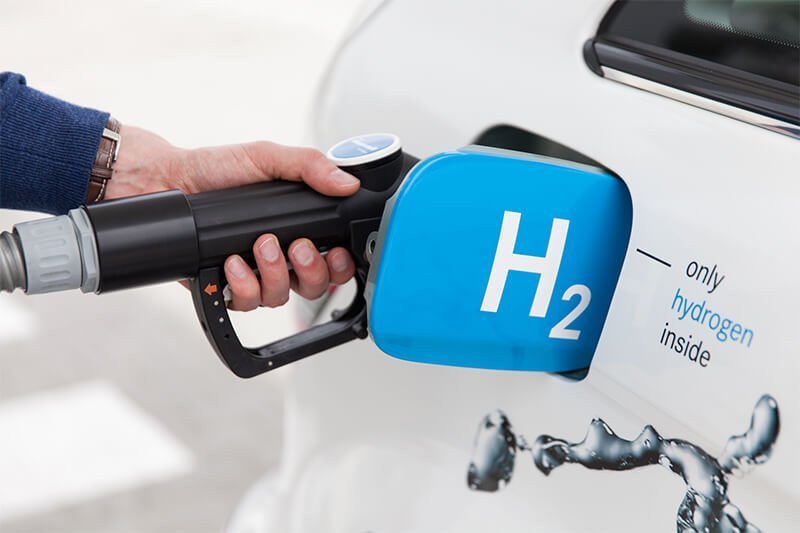Automotive Tyre Industry: Restrategizing During Pandemic

Tyre manufacturing and its distribution or service shops around the globe have adjusted to a new way of business with safety precautions in the worksite and less foot traffic as efforts to stop the COVID-19 virus spread.
In other words, the tyre industry is now characterized as a volatile one, being closely linked to the production of automobiles but also other factors such as raw materials, their availability, and their unstable prices. The companies currently present in the industry have financial and production challenges, but they struggle with the strong wave of new competitors from Asia, respectively China. This field's importance is outlined by this industry's objectives, the latest generation of technologies used, and the realization of the production processes of the car tyres. Thus, the new technology and innovation play an essential role in the entire automotive industry forcing the companies to rethink business models.
Global Trends Impacting the Automotive Tyre Sector
The rapidly changing global economic scenario has created unprecedented times. The main trends that could define the landscape for the automotive tyre sector include –
- Global supply chain disruption – Shifting global trade patterns, pushed by geopolitical shifts and COVID-19, has dramatically impacted the tyre industry. The operating margins are expected to drop by over 2% points between 2017 & 2019, while margins for automotive OEMs fell by 1.2%.
- With some green shoots – Global light vehicle sales, Cautious demand outlook were down by 4% between 2017 & 2019. The 2020 automotive tyre sector outlook remains cautious, with over a 20% fall expected in annual sales. The trajectory of automotive sales in the Indian market is similar. It has been seen that the sales in April and May 2020 were around 90% lower than the previous year. As the countries open up, these figures have improved the sales and demand emerging in the economical car, two-wheeler, and tractor segments. However, automotive experts are still cautious on FY 2021 sales worldwide, with COVID-19 positive cases rising rapidly across the globe. Such factors and statistics directly impact the demand and consumption of tyres in the global market.
- A resilient aftermarket – As more people postpone buying new vehicles and use limited public transportation in the current pandemic scenario, repairs or sales of current and used vehicles could provide a window of opportunity for the automotive and automotive tyre market.
Covid-19 has reduced traffic volume by nearly 40%
Impose of lockdown and social distance policies by several states worldwide; there has been a noticeable decrease in traffic volume in the months of 2020. The Auto Care Association report revealed that personal travel had been dropped by around 38–48% during the workweek. Similarly, commercial trucking travel has also declined by 20% around mid-March 2020.
In the US, Michigan has experienced the sharpest decline in the demand volume curve due to decreased personal travel by over 50%, while commercial trucking travel was reduced to less than 60%. Similar to the weakening of traffic volumes in the US, resulting in declining demand for tyres and tyre products. Moreover, the decline in overall wholesale business is mainly due to the decrease in consumers purchasing from local tyre retailers.
It is expected that the COVID-19 may change the face of the automotive tyre industry in the coming years – for better or for worse. However, there is always a silver lining.
Restrategizing Automotive Tyre Industry During Pandemic
As this new landscape emerges with its cautious outlook and green shoots, auto component manufacturers could explore new avenues of growth while strategically using and investing in the relevant resources. The following four themes characterize possible actions for them:
- Localize to grow: As supply chains shift, India could expand its share in the global auto component trade to 4 to 5% by 2026, emphasizing a targeted export expansion and import substitution program for critical components. Tier 1 suppliers could work closely with Tier 2 suppliers to build the necessary technological and manufacturing capabilities.
- Step into adjacencies: Auto component manufacturers could seek growth through collaborations that deepen their aftermarket presence across growth clusters in micro-markets.8 They could also address the demand for overlapping products in non-automotive adjacent spaces, such as consumer electronics, communication equipment, and power. Augmenting manufacturing capacity for these sectors could go a long way towards import substitution and a greater emphasis on Atmanirbhar Bharat (self-reliant India).
- Optimize to become competitive: Consistent margin pressures have ensured that cost is a critical focus area for auto component manufacturers. Optimizing product design, especially in the expensive manufacturing processes for BS-VI components, could cut down a quarter of total costs. Similarly, a granular analysis of various hidden cost segments could cut between 15 to 25% of costs.
- Enable a winning mindset: With the next normal, success could also lie in the mindset as companies explore growth opportunities and optimize resources. Institutionalizing the power of digital tools and technologies and investing in the best talent of the future and research and development could be avenues to ensure future-readiness. The adoption of analytics in supply chain optimization could cut inventory costs anywhere between 20 to 40%.
Automotive Tyre Global Trade Analysis, 2015-2019
Table – Top 10 Importers of the Automotive Tyre (HS Code – 4011), USD Thousand
|
Importers |
2015 |
2016 |
2017 |
2018 |
2019 |
|
World |
74,827,168 |
71,884,321 |
76,996,320 |
82,231,874 |
81,016,781 |
|
United States of America |
14,730,562 |
13,722,287 |
14,150,864 |
15,269,988 |
15,476,108 |
|
Germany |
6,317,160 |
6,600,952 |
6,823,023 |
7,330,902 |
6,599,787 |
|
France |
3,404,017 |
3,196,721 |
3,490,045 |
3,873,614 |
3,581,084 |
|
Mexico |
3,234,729 |
2,861,767 |
3,132,175 |
3,281,895 |
3,163,856 |
|
Canada |
3,119,388 |
2,854,788 |
3,055,596 |
3,188,724 |
3,060,954 |
|
United Kingdom |
2,534,969 |
2,383,038 |
2,747,328 |
2,948,662 |
2,756,621 |
|
Netherlands |
2,394,834 |
2,405,382 |
2,569,846 |
2,674,672 |
2,613,661 |
|
Italy |
2,116,409 |
2,119,582 |
2,157,558 |
2,427,452 |
2,356,864 |
|
Australia |
1,836,203 |
1,819,676 |
1,953,939 |
2,146,952 |
2,152,484 |
|
Russian Federation |
1,264,960 |
1,300,709 |
1,703,844 |
1,887,584 |
1,969,146 |
Source: Trademap.org
Table – Top 10 Exporters of the Automotive Tyre (HS Code – 4011), USD Thousand
|
Exporters |
2015 |
2016 |
2017 |
2018 |
2019 |
|
World |
72,620,483 |
70,374,236 |
76,016,227 |
80,960,339 |
79,829,323 |
|
China |
13,848,933 |
12,902,403 |
14,166,555 |
15,112,290 |
14,804,334 |
|
Germany |
5,419,070 |
5,532,947 |
5,901,845 |
6,044,615 |
5,667,819 |
|
Thailand |
3,405,667 |
3,555,677 |
4,387,488 |
4,908,087 |
5,585,270 |
|
Japan |
5,387,416 |
4,789,028 |
4,846,497 |
5,095,548 |
5,170,536 |
|
United States of America |
5,096,157 |
4,471,379 |
4,656,767 |
5,088,889 |
4,974,755 |
|
South Korea |
3,372,036 |
3,413,127 |
3,437,703 |
3,474,419 |
3,312,012 |
|
France |
2,874,852 |
2,516,882 |
2,556,175 |
2,763,346 |
2,694,331 |
|
Spain |
2,087,222 |
2,044,974 |
2,212,515 |
2,556,926 |
2,389,237 |
|
Netherlands |
2,176,763 |
2,311,432 |
2,353,195 |
2,297,041 |
2,216,134 |
|
Poland |
2,014,254 |
1,973,581 |
2,139,450 |
2,393,481 |
2,147,046 |
Source: Trademap.org
World Tyre Manufacturers - Market Analysis
|
No. |
Company |
Headquarters |
Presence in the world (no of countries) |
No. of factories |
|
1. |
Bridgestone |
Japan |
>150 |
>180 |
|
2. |
Michelin |
France |
170 |
69 |
|
3. |
Goodyear |
US |
54 |
49 |
|
4. |
Pirelli |
Italy |
160 |
19 |
|
5. |
Continental |
Germany |
56 |
13 |
|
6. |
Hankook |
South Korea |
>180 |
5 |
Source: author's self-processing based on information from Bridgestone, (2019); Michelin, (2020); Goodyear, (2019); Pirelli, (2019); Continental, (2020); Hankook, (2020)
According to the Goodyear 2020 report, the latest technologies and innovations at the tyre level are the following
- SoundComfort Technology - The sources of noise in the car have different causes: speed, wind power, engine, and tyres. The new tyres aim to reduce the noise inside the vehicle by up to 50%. Direct action is noticed in diminishing the tyre's air cavity's resonance and the unpleasant sound, overall offering a quieter driving. These tyres can be found in both winter and summer editions.
- SealTech - This technology supports drivers, if there is a puncture of the tyre up to 5 mm, seal the tyre without having to stop the car automatically. Thus, this solution is considered because there were no significant differences in performance between this type of tyre and the standard one.
- High and narrow - The "high" concept is based on larger tyre diameter, implying both a smaller deformation and less heat in the tyre. "Narrow" means that the width section is slimmer, having better aerodynamics, but also lower fuel/diesel consumption. Thus, better results were observed in the aquaplaning phenomenon.
Essential Regulatory Development in the Global Automotive Type Industry 2020
- On 13 March 2020, the European Tyre and Rubber Manufacturers Association (ETRMA) have welcomed revisions to the Tyre Labelling Regulation. The regulation, which the European Parliament approved to increase consumer awareness on fuel savings, improve safety, and decrease noise pollution.
- On 26 March 2020, the US Tire Manufacturers Association (USTMA) urged congressional leadership to enact policies that offer economic relief to automotive tyre manufacturers and their workers – as well as the overall economy – during the COVID-19 pandemic. Moreover, imposing legislation to deliver instant relief to employees dealing with disturbances caused by the virus and provide tax credits benefits for employers who offer workers these direct benefits.
In conclusion
There are some common threats for all the companies that produce car tyres and contribute actively to the industry's growth at the global level. However, the most important ones have been observed for the raw material prices that are in a continuous expansion, for the strong competitors coming from Asian countries, and as well as for the medical factors that can affect the industry by closing the factories (e.g., COVID-19 virus).
The global tyre industry is permanently developing, with noticeable growth in recent years. The predictions for the tyre industry are that it will increase in the next years, having as determinants the automotive industry's evolution and building new cars and opening new markets in the Asian countries, such as China. There are a need and demand for manufacturing new electric vehicles in the global automotive industry that will increase this industry, coming demand for automotive tyres from originally equipped manufacturing (OEM).











